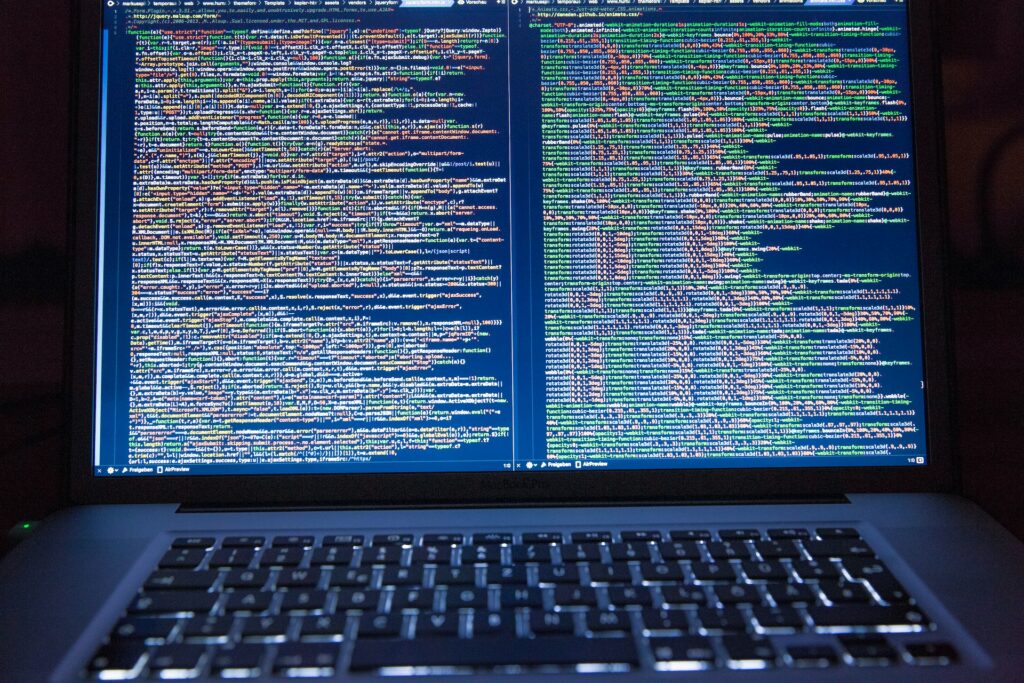
Wider malware (in Italian “eliminator” or “deleter”) is a type of malicious software designed to destroy or “erase” data and files on the computer systems it infects. Unlike other types of malware such as viruses or Trojans, wipers do not seek to infect as many computers as possible or steal sensitive data; their primary goal is data destruction.
Widers can act in various ways: for example, they can overwrite data on hard drives or storage devices, preventing access to the original files; they can delete system files or critical parts of the operating system, rendering the system unusable; They can completely erase the data on your hard drive, leaving your computer completely empty.
Wider attacks are often associated with high-profile cyber attacks, such as those targeting businesses or government organizations. However, wipers can also target individual users and small businesses, causing considerable damage.
Overall, wipers appear to have originated as a type of malware used by governments or terrorist groups to destroy sensitive data or create havoc. However, in recent years, their use has also expanded to cyber attacks conducted by criminals with a profit-making agenda.
In recent years, there have also been several wiper attacks conducted by cybercriminal groups with the aim of extorting money from victims. In these cases, wipers are used as a threat tool to force victims to pay a ransom to restore their data.
In any case, wipers are considered one of the most destructive and dangerous types of malware, capable of causing extensive and irreparable damage to computer systems.
The first wiper in history is not known with certainty, as the term “wiper” was coined relatively recently to describe a specific strain of malware that erases or destroys data. However, there have been several cases of malware destroying data on infected systems since the 1980s and 1990s.
Since then, the number and sophistication of wipers have grown exponentially, and today they represent one of the most fearsome threats to cybersecurity.

In recent history, several destructive wipers have emerged, but they have always been used for cyberwarfare purposes or to attack government organizations. The most well-known are:
On November 24, 2014, a hacker group called Lazarus Group (also known as Guardians of Peace or Whois Team) leaked confidential data from the film studio Sony Pictures Entertainment (SPE). The data included personal information about Sony Pictures employees and their families, employee emails, salary information for company executives, copies of then-unreleased Sony films, plans for future Sony films, scripts for certain films, and other information.
During the hack, the group demanded that Sony withdraw its upcoming film The Interview, a comedy about a plot to assassinate North Korean leader Kim Jong-un, and threatened terrorist attacks on theaters showing the film.
After many major US theater chains decided not to screen The Interview in response to these threats, Sony chose to cancel the film’s formal premiere and mainstream release, opting to move directly to a digital release.
US intelligence officials, after evaluating the malware used (a variant of the Shamoon wiper malware), the techniques and network sources used in the hack, concluded that the attack was sponsored by the North Korean government, which denied any responsibility.
The perpetrators used the wiper to wipe Sony’s IT infrastructure.

To defend yourself from wipers, you need to follow many common-sense rules that are often found in all good cybersecurity practices.
Measures you can take to protect yourself from wipers include:
Taking these measures can help prevent wiper infection and limit the potential damage caused by a malware attack.
Follow us on Google News to receive daily updates on cybersecurity. Contact us if you would like to report news, insights or content for publication.
